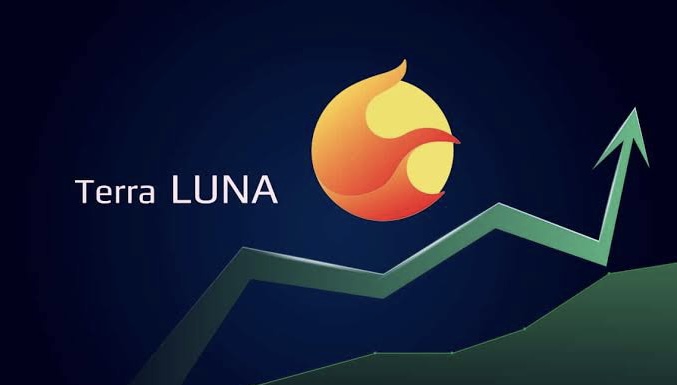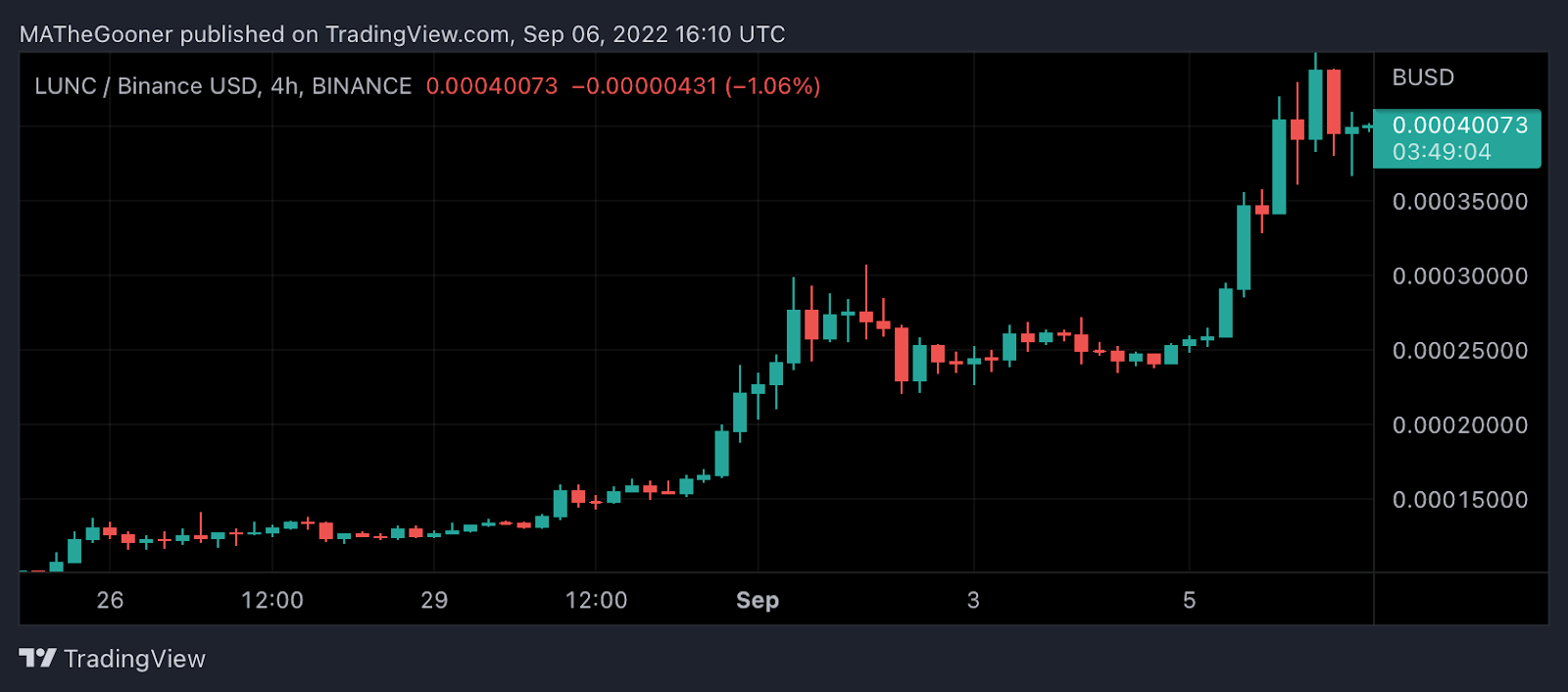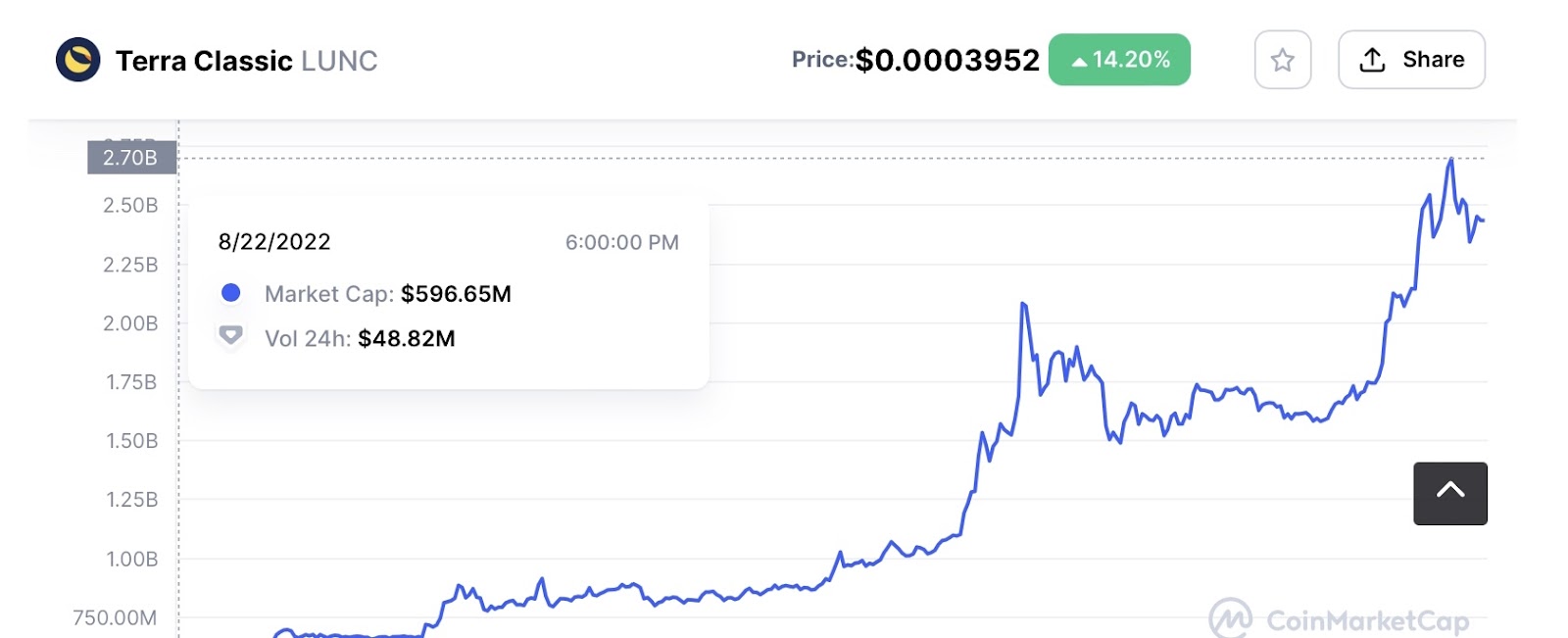Terra Classic (LUNC) has had quite a stunning rise over the past week due to a confluence of potential game changers and traders’ fear of missing out.

The price LUNC, an embattled native token of the old Terra network, increased from a low of $0.000084 on August 21 to a high of $0.0004 on September 2, resulting in a rise of more than 400%, though prices have since slightly reversed.

Investors are speculating where this token is headed as a result of the token price’s divergence from the rest of the global cryptocurrency market, which is a sea of red and is currently trading below $1 trillion. CoinMarketCap estimates LUNC market cap surge by nearly $2.1 billion in just three weeks.

What is fueling LUNC price pump?
The demand for LUNC has momentarily restored investor confidence in a project that lost investors more than $60 billion in May of this year. The LUNC pump is community-driven, with members of the community trying to take matters into their own hands, despite the fact that Terra developers have moved to the new chain.
The development and governance were turned over to the community and relaunched as LUNA Classic after billions were lost and regulators began to swarm. However, considering the concerns, many investors are still cautious, particularly those who have already been hurt by the scandal.

In spite of this, the introduction of new features seems to be attracting investors, as seen by the LUNA Classic’s spectacular increase since mid-August. A generous staking mechanism that became operational on August 27 sits at the core of this revival. When the project launched, the staking ratio was 2.6% of the total supply.
Current staking rewards are around 37% per year, which is significantly more than Cardano’s approximate 5% rate. However, unsustainable yields were a factor in the original Terra ecosystem’s demise.
The existing burn mechanism, which has taken out more than 3 billion tokens from circulation since inception is also fueling the pump. Major exchanges, including Binance and Kucoin, are rumored to support the token swap burn, which will go live on September 12.